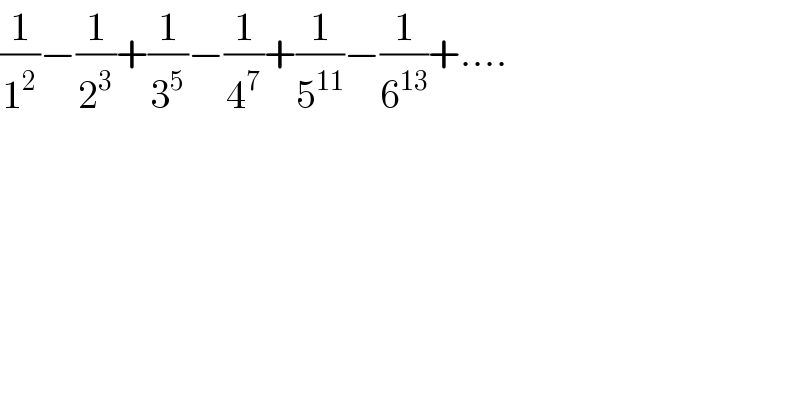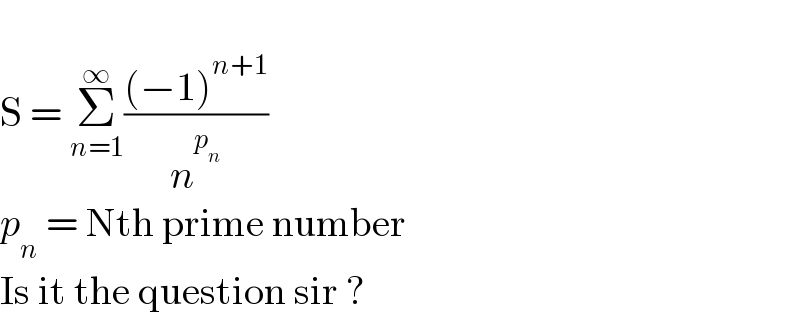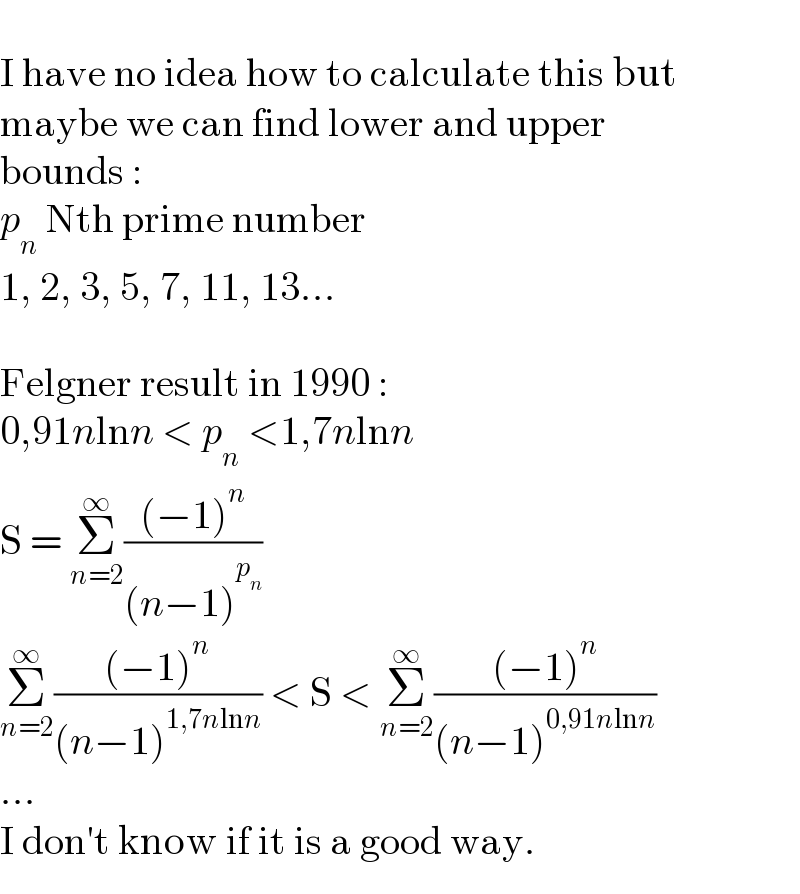
Question and Answers Forum
Question Number 126200 by Dwaipayan Shikari last updated on 18/Dec/20

Commented by Olaf last updated on 18/Dec/20

Commented by Dwaipayan Shikari last updated on 18/Dec/20

Commented by Olaf last updated on 18/Dec/20

| ||
Question and Answers Forum | ||
Question Number 126200 by Dwaipayan Shikari last updated on 18/Dec/20 | ||
 | ||
Commented by Olaf last updated on 18/Dec/20 | ||
 | ||
Commented by Dwaipayan Shikari last updated on 18/Dec/20 | ||
 | ||
Commented by Olaf last updated on 18/Dec/20 | ||
 | ||